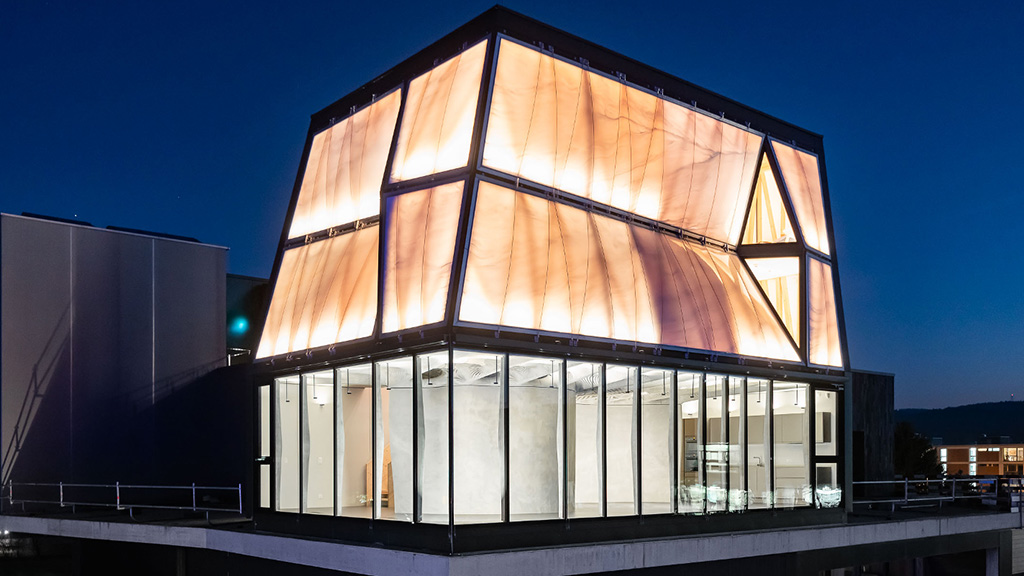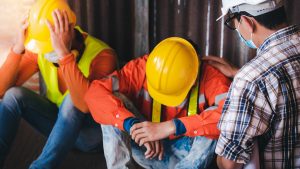A (UBC) professor and researcher sees great potential for new construction technologies along with a few bottlenecks along the way before widespread industry adoption occurs.
Dr. Qian Chen has studied the modernization of construction in China, Europe and is currently an assistant professor of civil engineering at the UBC’s Okanagan campus.
Chen said both Europe and China are leading in construction modernization both in terms of technology and best practices.
“China is pushing a lot of cutting-edge technology. BIM is more on the digital side, but on the fabrication side, 3D printing and robotic fabrication is a hot topic now,” Chen said. “I also see Europe following a lot of 3D printing, especially in Switzerland where they have a huge amount of federal funding to invest in university research initiatives.”
Chen cited a Swiss project called DFAB House, a National Centre of Competence in Research Digital Fabrication initiative which employed dynamic casting, spatial timber assemblies and an in-situ fabricating robot to build a complex, modern live-work design laboratory.
“The robot is really versatile and can operate a lot of different tasks,” she said, including building a mesh mould wall that has a curved shape and serves not only as part of the structure but as formwork.
“The robot arm can assemble the mesh mould and all the rebar components are assembled automatically, so the architecture design file of the wall can be transported into the robotic arm and it understands where to put the rebar, and with this very complex shape you can really minimize human error.”
If you were to hire construction trades to do the work, she added, “first you need a formworker, it’s a really complex job, and it can cost a lot, but if you’re using a robot, no formwork is needed.”
Technology can also help in upskilling construction workers by giving them access to real-time data across a project, Chen said, citing the Trimble XR, a customized hardhat with attached Microsoft HoloLens technology that gives construction workers an augmented reality view of their surroundings and presents data of every element onsite.
“It’s about creating an immersive environment for construction stakeholders to collaborate in a more efficient way. Sometimes when we have to transfer the message from a central site office to the site, you may have to call, text or email. Maybe some of the drawings are in PDF format,” she said.
“This manual exchange of information can lead to large errors and lack of communication or co-ordination. To eliminate this risk I think an immersive environment is helpful because they can wear a HoloLens onsite and all the important information from the site office can be passed directly in front of their eyes,” Chen said. “You have almost instant real-time information on what is needed on the site, who’s involved and which drawings should be referred to.”
In order to facilitate streamlined information exchange onsite, Chen said site offices need to become more like “mission control” though she doesn’t see it happening soon.
“From the technology point of view, it’s very difficult. We have to integrate multiple (forms of) hardware together, very big screens, advanced AR/VR glasses and they have to communicate with each other along with multiple sensors you’ll need to communicate between the control room and the jobsite,” she said.
“It’s going to be beneficial if we can break the silos (between systems), but technology-wise unless we can have advancement in manufacturing, computer science and even construction to change the way we work, I just feel it’s more visionary than realistic (right now).”






Recent Comments
comments for this post are closed